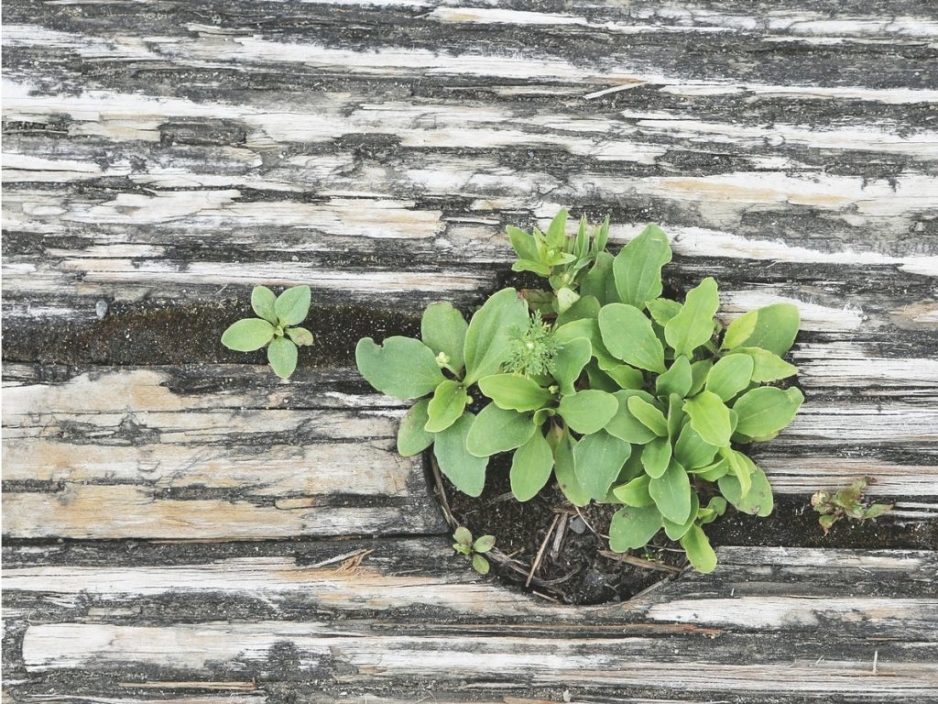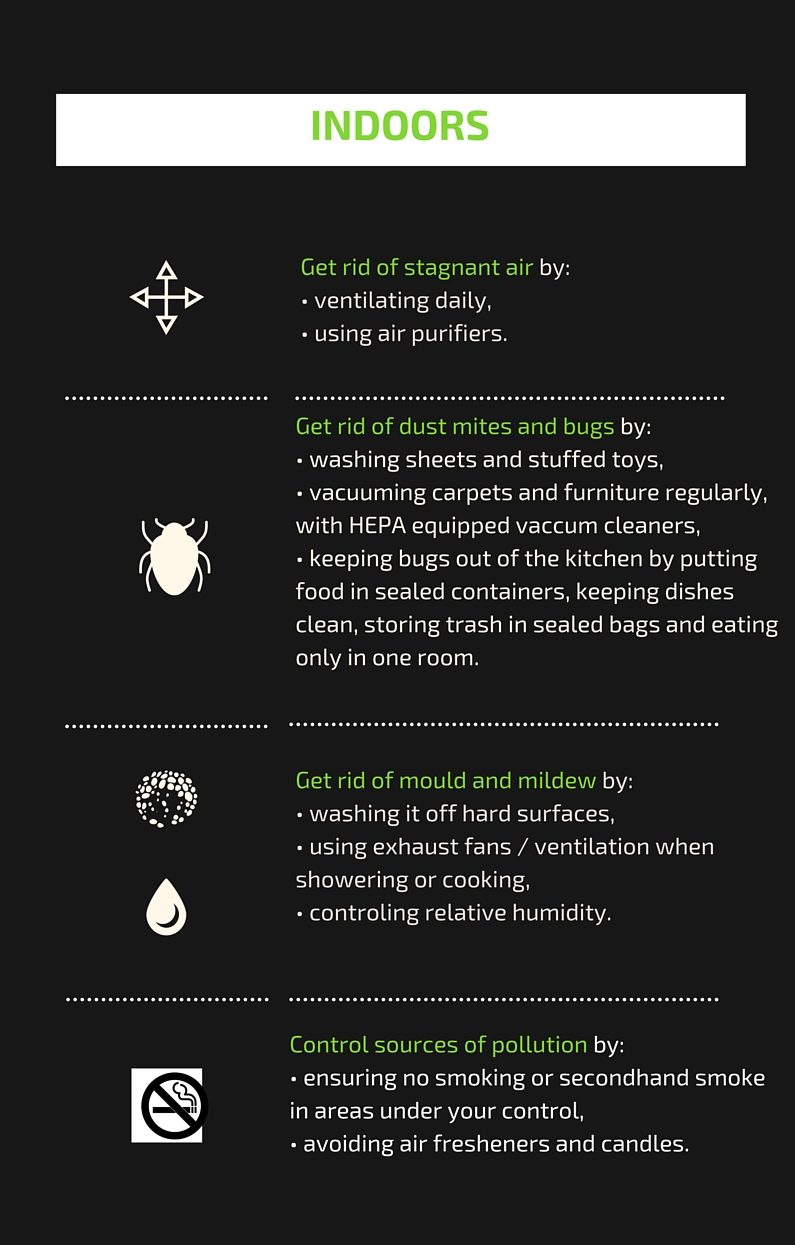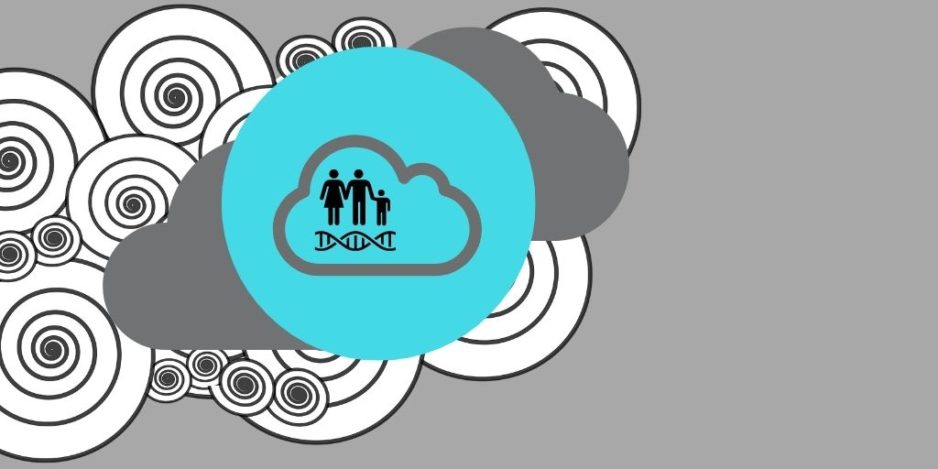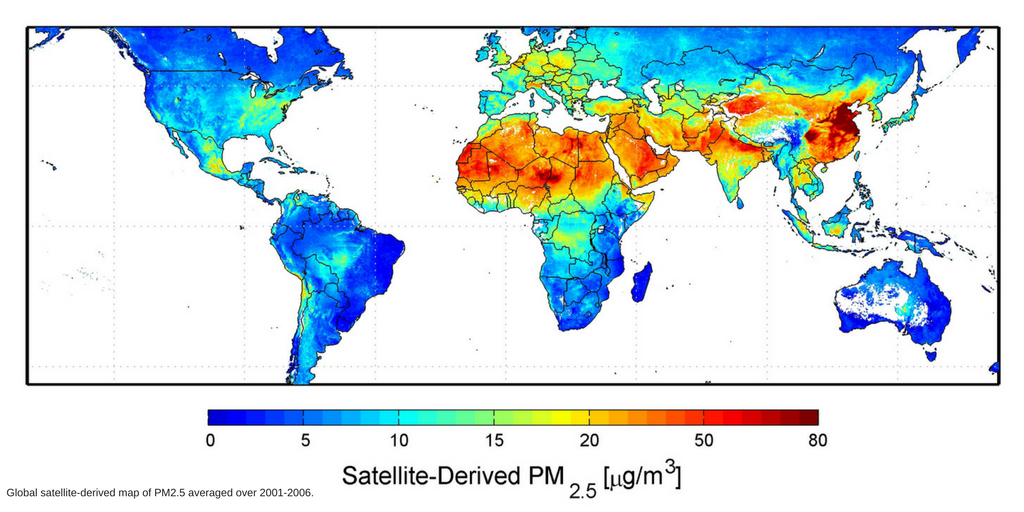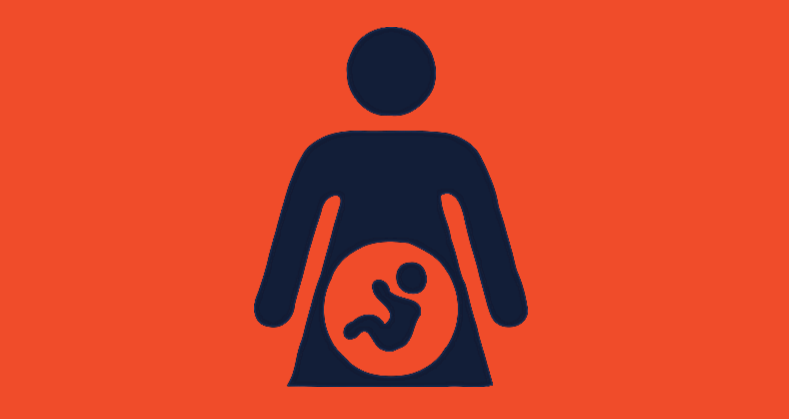September is here and, in many parts of Asia this month marks the beginning of high pollution days. Beijing, Shanghai, Hong Kong, New Delhi and other cities may experience in the next months higher levels of pollution than during the summer. But no need to panic because there is a lot we can do to improve the air quality inside our homes and keep the indoor pollution at a minimum.
We are usually concerned about the outdoor air pollution, but know little about the air quality in our homes or offices, where we spend most of our time. In fact, modern furnishings, paints, synthetic building materials, cleaning and cooking materials all off-gass unwanted chemicals that pollute the indoor air and create health problems for us. Those pollutants are commonly benzene, formaldehyde and trichloroethylene, but we can also find airborne biological pollutants, carbon monoxide, nitrogen oxides, pesticides, disinfectants (phenols), and even radon. Our sensitivity to these gases ranges, but they have initial health effects that limit productivity like headaches, nausea, irritation of eyes throat, or nose; allergies, coughing, dry or itchy skin and inability to focus. Prolonged exposure can cause more severe effects.
Today we want to showcase the benefits of certain plants in helping control your indoor air pollution. During the 1980’s NASA and the Associated Landscape Contractors of America researched how plants could clean the air in space stations. The results showed that plants absorb carbon dioxide and release oxygen, some plants even filter volatile organic compounds such as formaldehyde, xylene, benzene, chloroform and trichloroethylene. This study is the base for many other more recent studies in this subject.
In Asia, Kamal Meattle is an incredible advocate for the use of plants to clean your indoor air. He agrees that plants alone will not do the work because of the high quantity required (between 6-8 per person per room), nonetheless only one plant per 100 sq feet will already help substantially.
“There are three easy-to-maintain plants that we use for natural air purification. They are the areca palm, mother-in-law’s tongue and money plant. The areca palm and money plant produce oxygen during the daytime while mother-in-law’s tongue produces oxygen during nighttime. These three common houseplants remove chemical toxins from the indoor air, reduce CO2 levels and enrich it with more oxygen. By keeping these plants, we ensure that there is a constant supply of oxygen in the air.”
Kamal Meattle
Among the 50 plants recommended by researcher Bill Wolverton, who participated in the NASA study, the most common and powerful plants at cleaning the air are:

Areca Palm (Areca lutescens), Mother- in- Law’s Tongue (Sansevieria), Madagascar Dragon Tree (Dracaena Marginata), Bamboo palm (Chamaedorea seifrizii), Corn Plant (Dracaena fragrans), Rubber tree (Ficus elastica), Golden Pothos (Scindapsus aureau, Boston fern (Nephrolepis), Goosefoot Plan (Syngonium podophyllum), Peace lily (Spathiphyllum).
In addition to improving your air quality, plants reduce fatigue and stress, increase productivity, improve the mood, enhance concentration and help with memory. You only need to be more careful if you have pets, because some of these plants may be harmful for them.
Recommended book:
Wolverton, Bill: How To Grow Fresh Air: 50 Houseplants That Purify Your Home Or Office: 50 Houseplants That Purify Your Home or Office.

